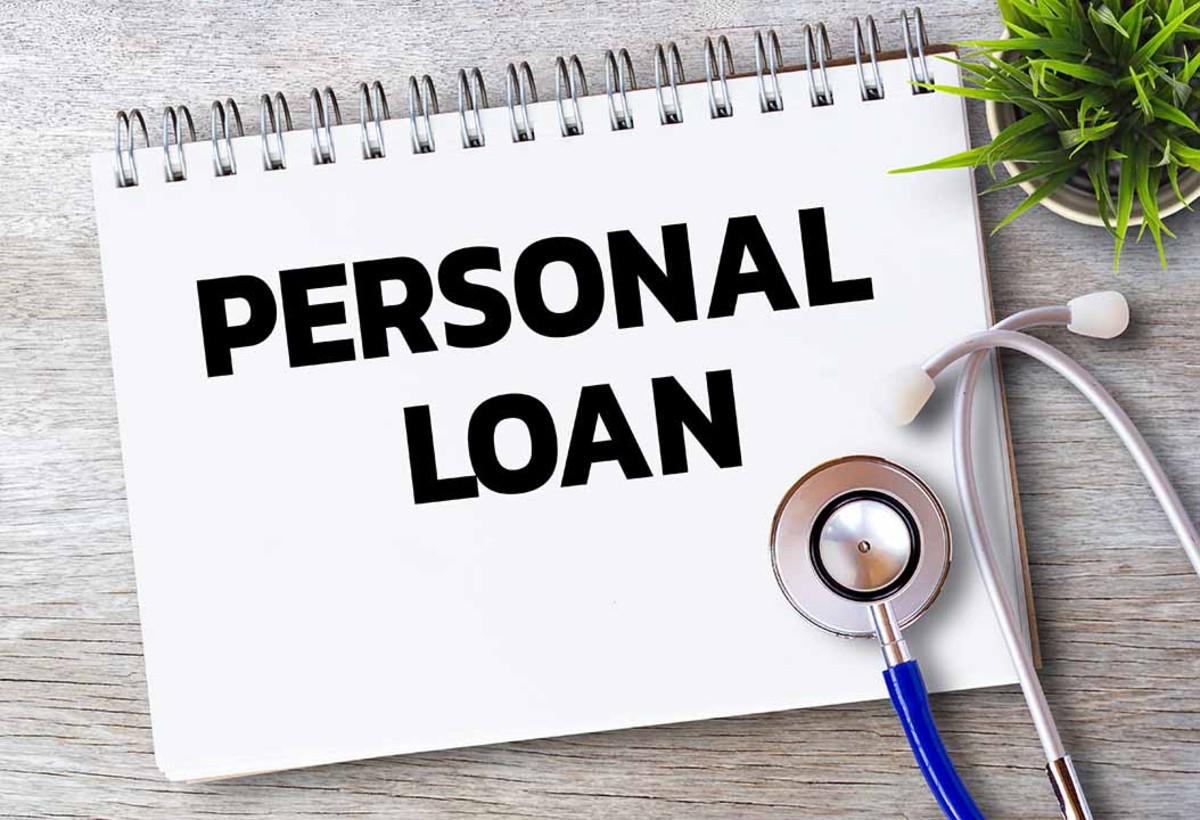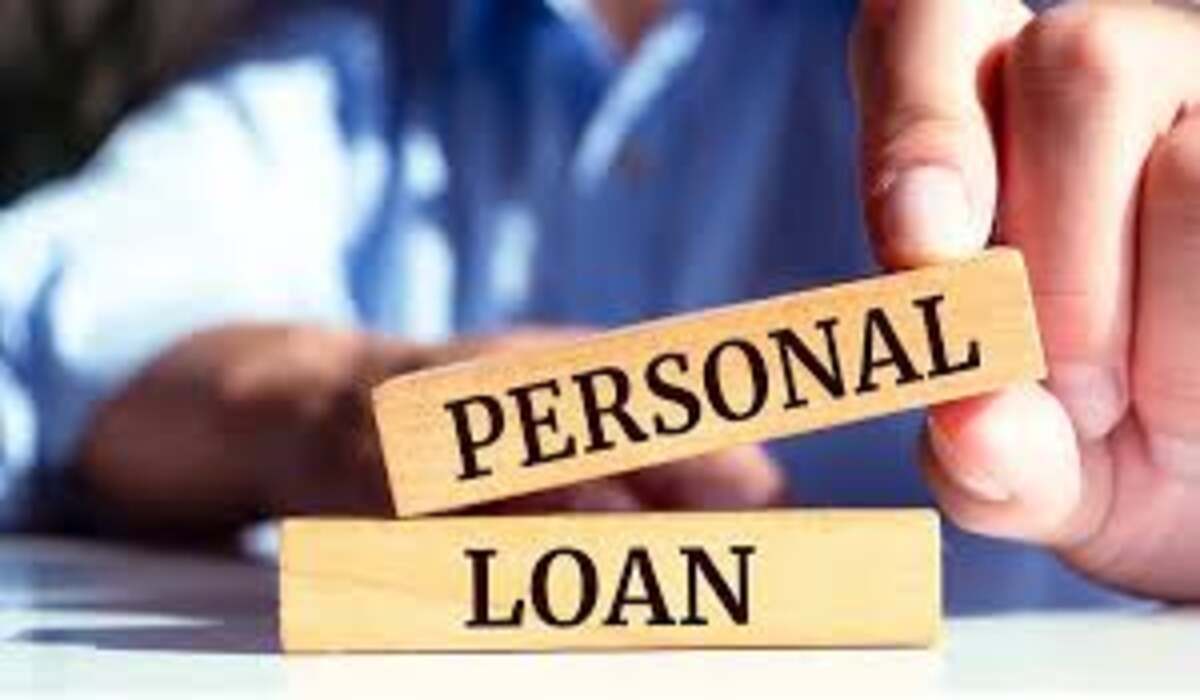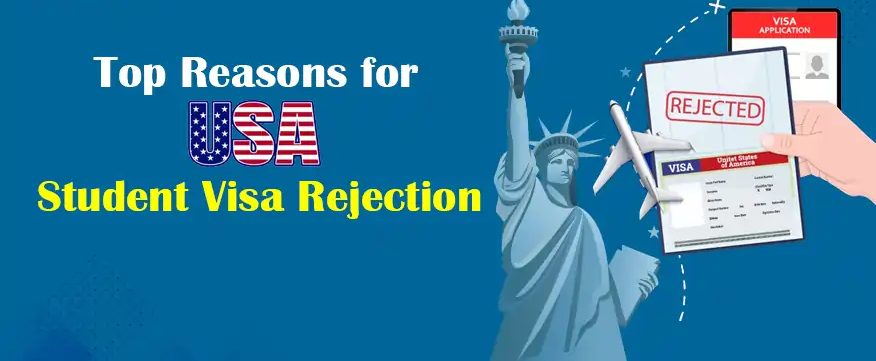Personal loans are a popular financial tool among individuals looking to bridge an urgent financial requirement. Whatever the need is, either it is for medical expenses, repayment of a loan, or any personal requirement, a facility of instant money can be obtained through a personal loan without furnishing any security. However, it is important to master how to approach a personal loan application and be well-prepared with the personal loan documents in order to achieve a smooth experience. This article will guide you through the step-by-step procedure for personal loan as well as bring you up to date with the documents to be furnished.
What is a Personal Loan?
A personal loan is an unsecured loan which lends money based on your past credit history and financial record. Personal loans are different from home and auto loans, which are secured loans, as no security is required. This makes them extremely handy for everyone. Since lenders have to take greater risk, personal loan will be costlier than secured loans.
Why Take Out a Personal Loan?
Personal loans are applied in a variety of scenarios, such as:
Debt Consolidation: Combine multiple debts into a single low payment.
Medical Emergencies: Cover unexpected hospital bills or treatments.
Home Renovation: Installment or upgrade your house.
Large Purchases: Finance expenses such as weddings, vacations, or massive electronics.
Education: Finance tuition or professional certifications.
The rapid disbursement, minimum paperwork, and flexibility make personal loans an easy choice for short-term outlays.
Step-by-Step Guide to Apply for a Personal Loan
Personal loan application scares you in the beginning, but it can be broken down into simple steps. Given below are the steps that you need to follow in order to have a hassle-free application process:
- Check Your Eligibility
Before you go ahead and apply, ensure that you meet the lender’s requirements. These are age, employment status, monthly income, and credit score. The requirement differs in each lender, so get as much information as possible. - Choose the type of Loan
There are several types of personal loans—short-term, long-term, fixed rate, and flexible rate. Determine your needs and choose the appropriate loan for your financial need. - Shop Around
Personal loan offers vary. Shop around and compare lenders on interest rates, processing fees, repayment periods, and consumer ratings. There are many banks, financial institutions, and online lenders providing personal loans, so shop around to get the most advantageous offer. - Compare Credit Scores
Your credit score plays a crucial role in determining your chances of securing a personal loan. A better credit score results in good terms like lower rates of interest. Get your credit score checked for free from tools or apps before applying. If your credit score is poor, try enhancing it by clearing your outstanding debts and avoiding late payments. - Apply Online or Offline
Once you’ve identified a lender, you can apply online or offline. Both lenders and banks have an online application platform that provides faster access to loans. Or, if you desire the personal touch, you can approach the branch of the lender. - Give Personal Loan Documents
Your key documents will be required by the lender to confirm your identity, income, and other vital information. Present them in advance to prevent delay. We shall outline below what documents will be required. - Loan Approval
After your papers and application have been confirmed, the lender will accept the processing of the loan. You are approved and provided with the terms of the loan if so, and you sign the contract. Make sure you read between the lines before signing the contract. - Receive Disbursement
After signing the agreement, the loan amount will be credited into your bank account. Spend the money as needed and pay on time to have a good credit score.
What Documents Are Needed for a Personal Loan
When applying for a personal loan, you must have some documents with you that you will present to the lender. These documents are confirmed by the lender so that they can ascertain your financial standing and creditworthiness. These are the bare minimum personal loan documents that you will need:
- Proof of Identity
You may present any one of these in order to prove your identity:
Aadhaar Card
Passport
PAN Card
Voter ID
Driver’s License - Address Evidence
Lenders will ask you to produce evidence of your current resident address. The following evidence is acceptable:
Utility bills (electricity, water, or gas)
Rent agreement
Property documents
Aadhaar Card or Passport having address mentioned - Evidence of Income
Producing evidence of income is proof that you can repay the loan. You may produce:
Recent salary slips (for salaried persons)
Income Tax Returns (ITR) for two years (for self-employed professionals)
6-month bank account statements - Employment Proof
For salaried personnel or working professionals, employment proof might be required. This could include:
Offer letter or appointment letter
Employment ID card
Employer certification - Age Proof
There is an age limit for lending (usually 21–60 years). Submit documents such as:
Birth certificate
Passport
Aadhaar card
School certificates with date of birth - Credit History
Not a paper based on your physical existence, but your credit history will also be investigated by lenders through your credit report. Keep your credit score healthy to shine the light on approval prospects.
Personal Loan Application Tips for Success
Maintain Your Credit Rating High: Maintain your credit rating of 750 and above to greatly improve chances of approval as well as reduced interest rates.
Choose the Right Loan Tenure: Choose a tenure that offers comfortable EMI repayments without overloading monthly budgets.
Be Clear about Details: Ensure all the details—name, address, and income details—is correct and matching documents.
Review the Loan Agreement: Keep a sharp eye out for conditions for prepayment charges, late charges, and hidden charges.
Submit All Documents On Time: Timely submission of personal loan documents will never delay the application process.
Advantages of Availing a Personal Loan
Personal loans are advantageous in numerous ways and hence so popular:
No Collateral to Pledge: You will not have to pledge any assets like in house or car loans.
Instant Processing: Loan disbursement is done by most lenders within 24–48 hours.
Convenient Spending: Use on medical conditions, studies, or personal use.
Less Paperwork: Since application forms are available online, the process is easy.
Strengthens Credit Score: Timely payments can help build your credit history.
Avoid While Applying
Giving False Information: Ensure to cross-check all the details so that you are not rejected on account of any error.
Neglecting Fine Print: Always go through unseen costs and conditions prior to signature.
Borrowing Too Much Debt: Be careful not to repay the loan without stretching your pocket.
Ignooring Options: Do not agree on a higher rate of interest without considering options.
Late Payments: Late EMIs may damage your credit score along with imposing fines.
Make sure you gather all papers and choose the lender and loan terms best that fit your financial status. Personal loans become lifesavers during emergencies, if only they are well managed and not caught up in the debt trap. If you keep the above points and suggestions in mind, you can make your personal loan application an easy and effortless procedure and fulfill your financial needs effectively. Borrow always prudently and for those purposes only where repayment is assured.




